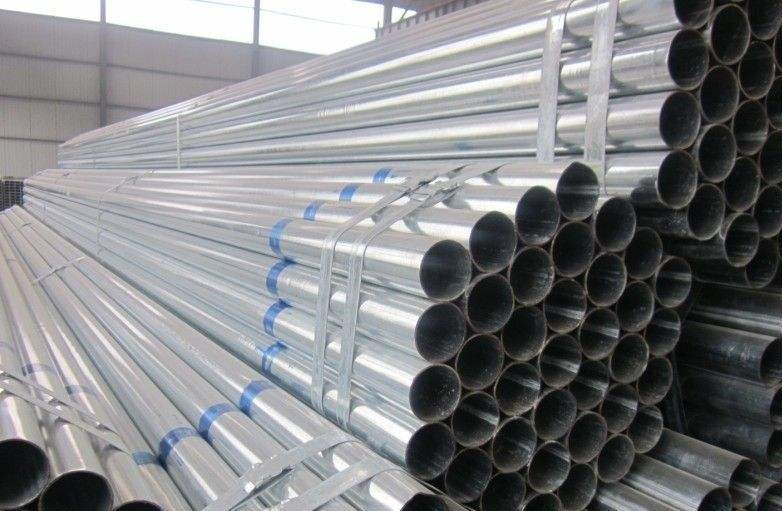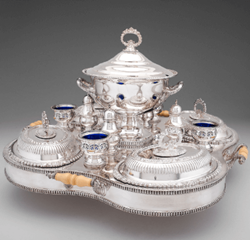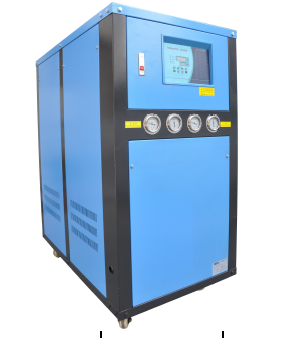Mechanical galvanizing the main process, there are the following eight major processes

1, mechanical galvanized iron main process
Parts pre-treatment, degreasing, rust removal (can be offline processing) → washing → flash replacement copper → washing → mechanical galvanized deposition transitional bottom → mechanical galvanized deposition → water polishing → parts pouring separation → hot water washing (or press Requires chrome passivation of parts surface, soak the relevant protective layer) → Drying and drying → Inspection and acceptance.
2, parts pre-treatment, degreasing, rust
Ordinary pieces, according to the conventional surface treatment methods, but the high-strength steel parts of the base rust, in addition to oxide, especially because it can not be a long time using hydrogen-containing strong acid chemicals on the parts surface rust and removal Oxygen skin, so the treatment of steel parts will have a certain effect on the infiltration of hydrogen, it should be used to solve mechanical problems: such as sandblasting, vibration decoration, shot blasting process.
3, flash replacement copper
Replacement of the copper layer thickness requirements, but to completely cover the surface of the parts substrate, its role is to improve the coating adhesion, is conducive to the uniformity of the coating surface conditions, the process of blocking the infiltration of hydrogen ions on the substrate. Another role found that, because the copper layer has a good conductance, the same thickness of galvanized zinc galvanized parts and parts with the same test in the salt spray box examination and comparison, salt spray test reached 11 cycles, it was found that salt spray Water erosion, parts of the infiltration of parts of the corner of the red rust occurs, and mechanical galvanized edges and corners, although the exposed substrate has been found, but the edges and corners are not red rust: This is due to the resistance of the replacement copper layer, the electronic conductivity of smooth, Electrochemical cathodic protection of the normal iron substrate state.
4, the mechanical deposition of galvanized bottom layer
This process is for the replacement of copper layer, the implementation steps are quantitative mechanical zinc plating special initiator and a small amount of coated zinc powder added to the rolling plating barrel, rolling 3-5min can form the original part of the basic copper layer Change to silver gray composite zinc coating. The pros and cons of the quality of the zinc coating will affect the toughness of subsequent thickening coating and coating adhesion.
5, mechanical galvanized deposition
Quantitative batches add Shen zinc initiator, coating thickness requirements of zinc powder can be completed in 15-30min this process, to meet the requirements of industrial parts galvanized layer thickness.
6, water polishing
Mechanical galvanized powder surface is non-glossy semi-bright coating, water polishing process is mechanical zinc primer and zinc powder are washed off. Continue to rotate the plating drum, so that parts of the coating surface to achieve uniform bright silver white surface, the general need to rotate 5-10min, although the coating does not reach the mirror with the gloss, but the surface is smooth, light is better than the hot dip galvanized Floor. Water polishing drum rotation time has a maximum value, beyond a certain maximum zinc coating will have a certain degree of cutting damage.
7, parts of the surface of chromium passivation
Mechanical zinc coating, especially under the initial conditions, is prone to white corrosion on the surface of the coating in humid air and must be passivated by transparent chrome and passivated by yellow chrome to prevent the formation of white corrosion products on the passivation film of chromium .
8, testing and acceptance
Mechanical industry galvanized thickness, coating quality, depends on the process operation, process formulation and process of qualitative and quantitative control of the standard, so the coating quality testing is particularly important to determine the results of qualified testing will guide the mechanical galvanizing process of different parts batch volume The correct production.
The advantages of mechanical galvanizing
- Compared with electro-galvanized in industrial applications, electroplating zinc will be precipitated in the cathode hydrogen gas, hydrogen and other materials on the high-strength steel, resulting in the results of high-strength steel components in the process of using hydrogen brittle fracture, This has led to serious accidents, which have occurred at home and abroad. Mechanical galvanized high strength steel parts do not produce hydrogen embrittlement damage, the advantages of this feature, electroplating zinc is not comparable. In addition, mechanical zinc plating is simple, easy to control the rolling of small parts, less energy consumption, plating speed, 0.5h can be completed 50um thickness coating, high production efficiency.
- Compared with hot dip galvanized hot dip galvanized steel used in more large pieces of long-term outdoor protective coating, but the standard fasteners for outdoor use, is basically a manual operation, coupled with hot-dip zinc process characteristics and Requirements, or more mechanical zinc plating more convenient. In addition, the hot dip galvanized gasket type of small parts, the parts are easy to glue together; threaded parts, the molten zinc will plug the thread; plated nuts, must be re-set after the thread; also hot-dip zinc is energy Process, the need for high temperature operation, harsh environment, serious pollution of the environment.
Functionally, hot-dip hot-dip galvanized hot-melt will quench the surface of high-strength steel fasteners, resulting in softening annealing, which affects the quality of plating and changes in the original performance, which become unqualified products. Mechanical zinc coating also has the function of resistance to atmospheric acid rain, through the test contrast, its ability to acid rain is hot dip galvanized three, this feature is also very prominent.




